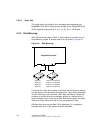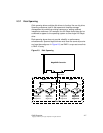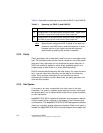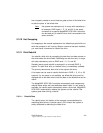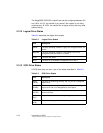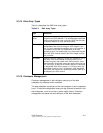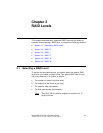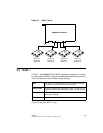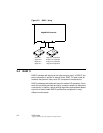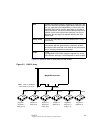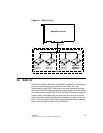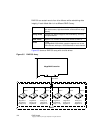
3-2 RAID Levels
Copyright © 2002 by LSI Logic Corporation. All rights reserved.
3.2 RAID 0
RAID 0 provides disk striping across all drives in the RAID subsystem.
RAID 0 does not provide any data redundancy, but does offer the best
performance of any RAID level. RAID 0 breaks up data into smaller
blocks and then writes a block to each drive in the array. The size of each
block is determined by the stripe size parameter, set during the creation
of the RAID set. RAID 0 offers high bandwidth. By breaking up a large
file into smaller blocks, MegaRAID SCSI 320-0 can use several drives to
read or write the file faster. RAID 0 involves no parity calculations to
complicate the write operation. This makes RAID 0 ideal for applications
that require high bandwidth but do not require fault tolerance.
Figure 3.1 shows a RAID 0 array with four disk drives.
Uses RAID 0 provides high data throughput, especially for large
files. Suitable for any environment that does not require
fault tolerance.
Strong Points Provides increased data throughput for large files. No
capacity loss penalty for parity.
Weak Points Does not provide fault tolerance. All data lost if any drive
fails.
Drives 1 to 30
The MegaRAID SCSI 320-0 controller supports one or two
SCSI channels, with up to 15 SCSI devices on each
channel.



